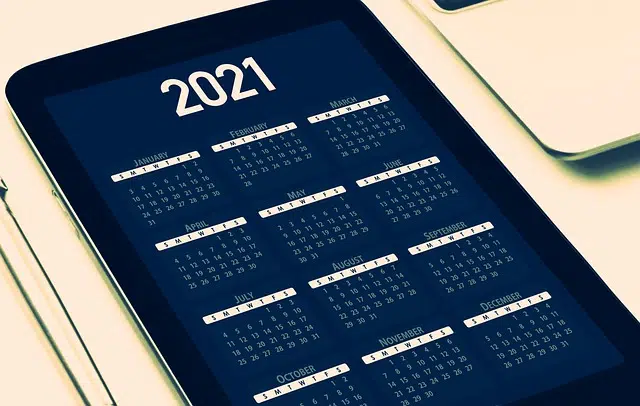
The adverb now usually refers to the present tense.
Now it is a demonstrative adverb that can be used in different ways, always linked to a temporal issue . The term derives from agora , which is no longer used and which came from the Latin expression hac hora (translatable as “at this hour” ).
The concept is usually used to refer to what is being carried out in the present , either currently in a general sense or even at the precise moment in which it is being spoken.
Examples of use
Suppose a sports journalist is referring to the Portuguese footballer Cristiano Ronaldo and comments: “He previously stood out in England and Spain, now he is shining in Italy.” What the speaker does is report that, some time ago , Cristiano Ronaldo played at a good level in English soccer and Spanish soccer , while currently he does so in Italian soccer .
As you can see, in this case it is now associated with the present, but not with the exact moment . That is to say: Cristiano Ronaldo may not be “shining” simultaneously with the journalist's words since, perhaps, his team is not playing at that moment. However, he competes regularly in Italian football because he is part of a team from that country.
On other occasions, now it refers to the same moment of the expression . If a man is in a work meeting when he receives a phone call from his wife, he can comment: “I'm in a meeting now and I can't talk, I'll call you as soon as it's over.” In this situation, the meeting is happening just as the subject answers the call.
Now as the current time
Another meaning of this demonstrative adverb allows us to point out that what was said belongs to the current times or that are in force . Typically, in this framework, the term is used preceded by a preposition .

The current moments are part of the now.
“Women today are more independent” is an expression that indicates a perception about the contemporary female gender. The phrase mentions that women of this generation have greater independence than women who lived decades or centuries ago, since social and cultural changes occurred that resulted in said autonomy. In the 19th century a woman was forced to obey her husband, for example; In the 21st century , no.
A reference to the past and the future
Although it usually now refers to the present, the concept can also point to something that happened recently or that will develop in the near future . To understand temporal reference, it is important to pay attention to how the expression is constructed and take the context into account.
An older man may say to a friend : “Now you have explained to me how to use WhatsApp, so we can now communicate through that application.” So he tells you that, days or weeks ago, someone taught him how to use the aforementioned app.
“Now I will show you how this machine works,” on the other hand, is a phrase where it is now related to the immediate future . After what has been said, the speaker will begin to show how a certain artifact or device works.
